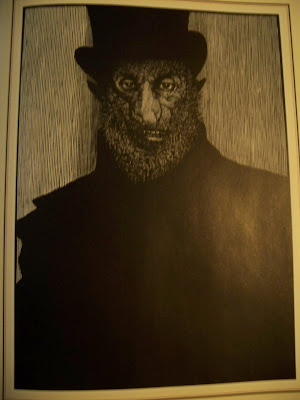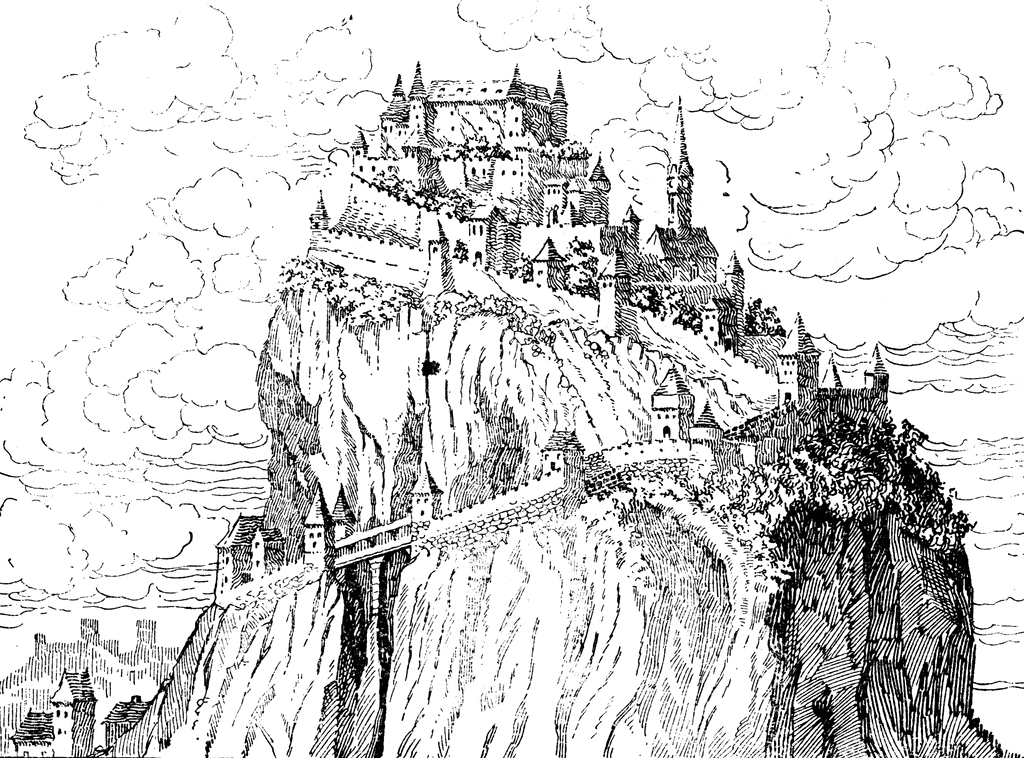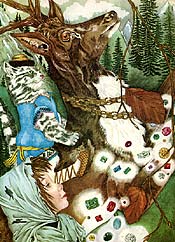It's not my intention to discuss every children's version of "Beauty and the Beast" on this blog, simply because there are simply too many-but every once in a while one will jump out at me.

Nancy Willard has paired text with Barry Moser's almost eerie and somber wood engraved pictures in this book. It is geared towards a slightly older audience than a typical picture book but isn't quite a chapter book either. Willard sets the story in turn of the century New York. The historical setting makes the whole story more plausible-though it still contains magical elements, it's more grounded in reality. She follows the original fairy tale plot closely but adds enough details of her own to make it unique, and the characters more human than the typical fairy tale cliches (when Beauty's sisters insult her, though she is still gracious, she secretly keeps a gold pen of Mona's she had once borrowed and forgotten to return). The writing is delightfully descriptive, and sometimes just a little bit creepy-(the shadows on the walls of the Beast's attic don't reflect the objects there, but shapes of men and women).
An excerpt, as Beauty is travelling to the Beast's house: "The air grew warm. New leaves misted the maples and shag-bark hickories. In this part of the forest the snow was gone, and now the bees hummed, and the creamy plumes of the chestnuts gave off a soapy smell. They passed through a clearing, rich with wild strawberries so juicy that the horse's hooves seemed to be dripping blood.
Ahead of her, cypresses swayed like dark flames. The white horse quickened its pace through the forest. Beauty felt her own heart quicken. The fragrant chill of spruces surrounded her, then the woods opened into another clearing. At the end of the road loomed a tall, dark house that both terrified and enchanted her. The horse trotted up to the front steps and stopped as if to say, 'This is as far as I go. You must find your own way from here.'...Life had never seemed sweeter now than at this moment when she was about to lose it, but what use was regret now?"





















